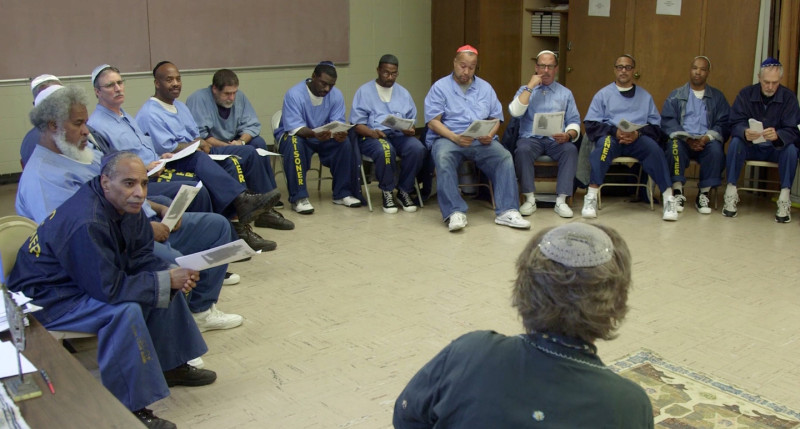California voters passed Proposition 47 last November in hopes it would save money. And so far, it seems to be working.
Prop. 47 reduced the penalties for certain nonviolent crimes like drug possession, shoplifting and theft of less than $950 from felonies to misdemeanors. It also allows inmates already convicted of those felonies to have their sentences reduced.
Hundreds have done just that. The result: fewer inmates in state prisons and county jails. In fact, a report released Tuesday by the nonpartisan Legislative Analyst's Office (LAO) found that Prop. 47 will save California $100 million to $200 million annually, starting next year.
The LAO believes Gov. Jerry Brown's new state budget underestimates the reduction of inmates due to the implementation of Prop. 47. While the governor assumes a reduction of 1,900 inmates in 2015-16, the LAO believes that number could be as high as 5,000. Because of that, the LAO says the state doesn't need to keep sending so many prisoners to outside contractors.
State analyst Drew Soderborg says in part because of Prop. 47, California is already complying with a court order to reduce the prison population.
